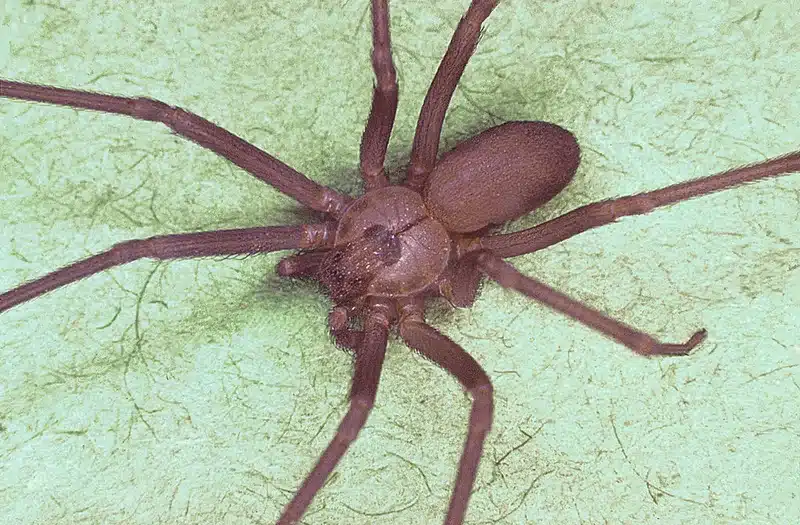Knowing the difference between a brown recluse vs wolf spider can save Northern Virginia homeowners from unnecessary panic. After nearly a decade in pest control throughout the DC metro area, I’ve seen countless spider misidentifications that cause unwarranted fear.
Most suspected brown recluse sightings in our region turn out to be harmless wolf spiders. Understanding these key differences will help you identify which spider you’re dealing with and determine if pest control intervention is needed.
Understanding the Difference: Brown Recluse vs Wolf Spider
The confusion between these two spiders is understandable. Both can appear brown and may seem threatening when you spot them quickly. However, brown recluse and wolf spider species have distinct characteristics that make identification straightforward once you know what to look for.
Wolf spiders dominate our local spider population, especially in wooded areas like Mt. Vernon where tree cover and moisture create ideal conditions. Meanwhile, brown recluse spiders are extremely rare in Northern Virginia despite what internet searches might suggest.
During hundreds of home inspections across the DC area, I’ve encountered numerous wolf spiders but never a confirmed brown recluse. This regional rarity makes proper identification even more important for homeowners.
Taxonomic and Overview of Wolf Spider and Brown Recluse
Brown recluse spiders belong to the family Sicariidae, specifically the species Loxosceles reclusa. These spiders are famous for their potentially necrotic venom and reclusive behavior patterns.
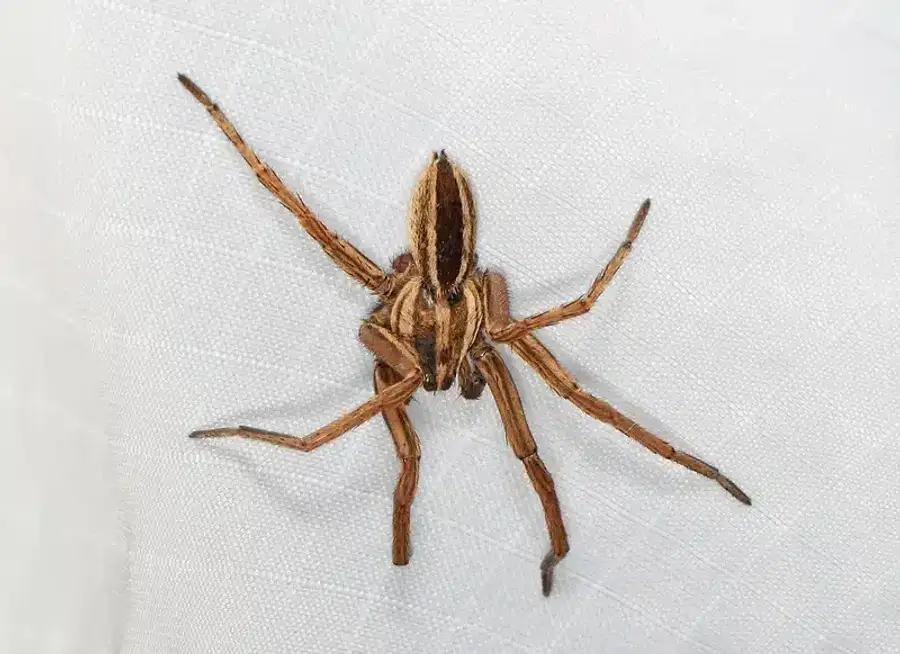
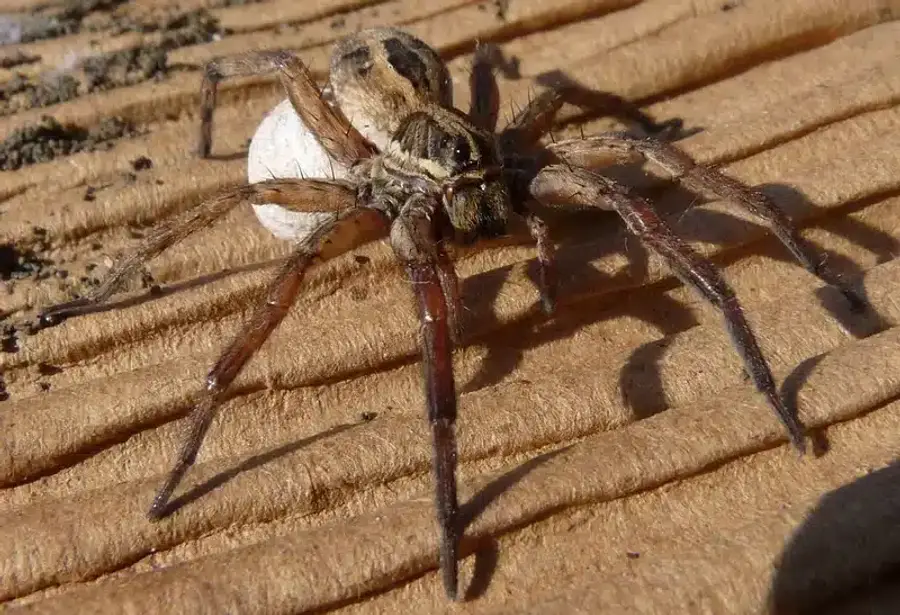
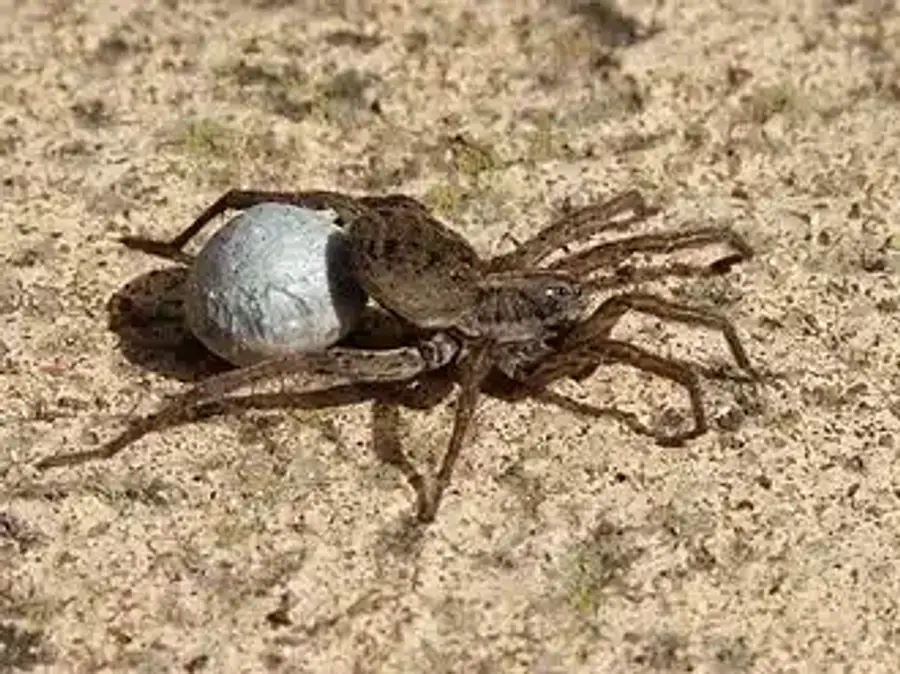
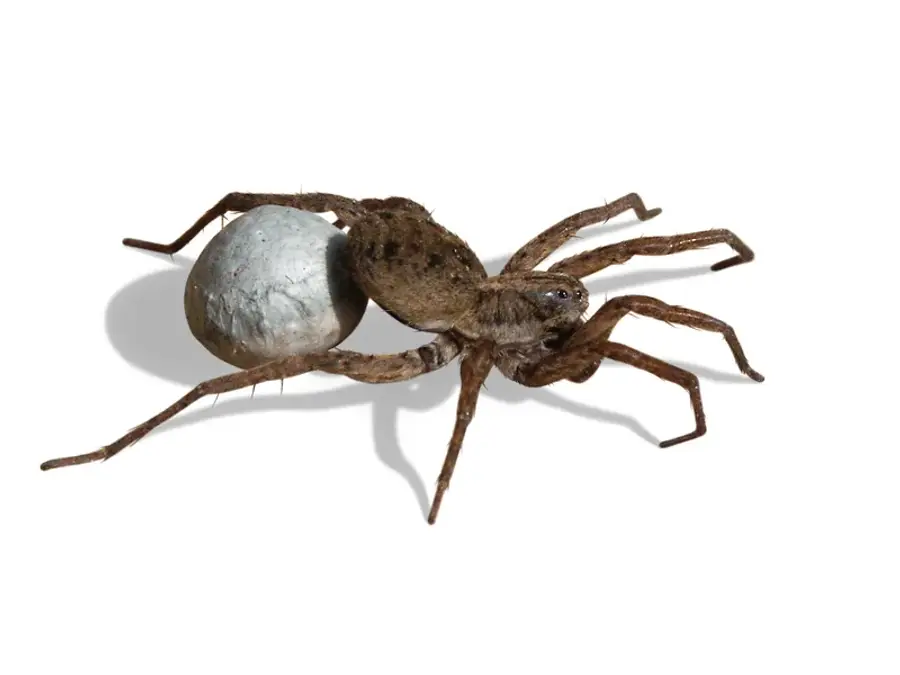
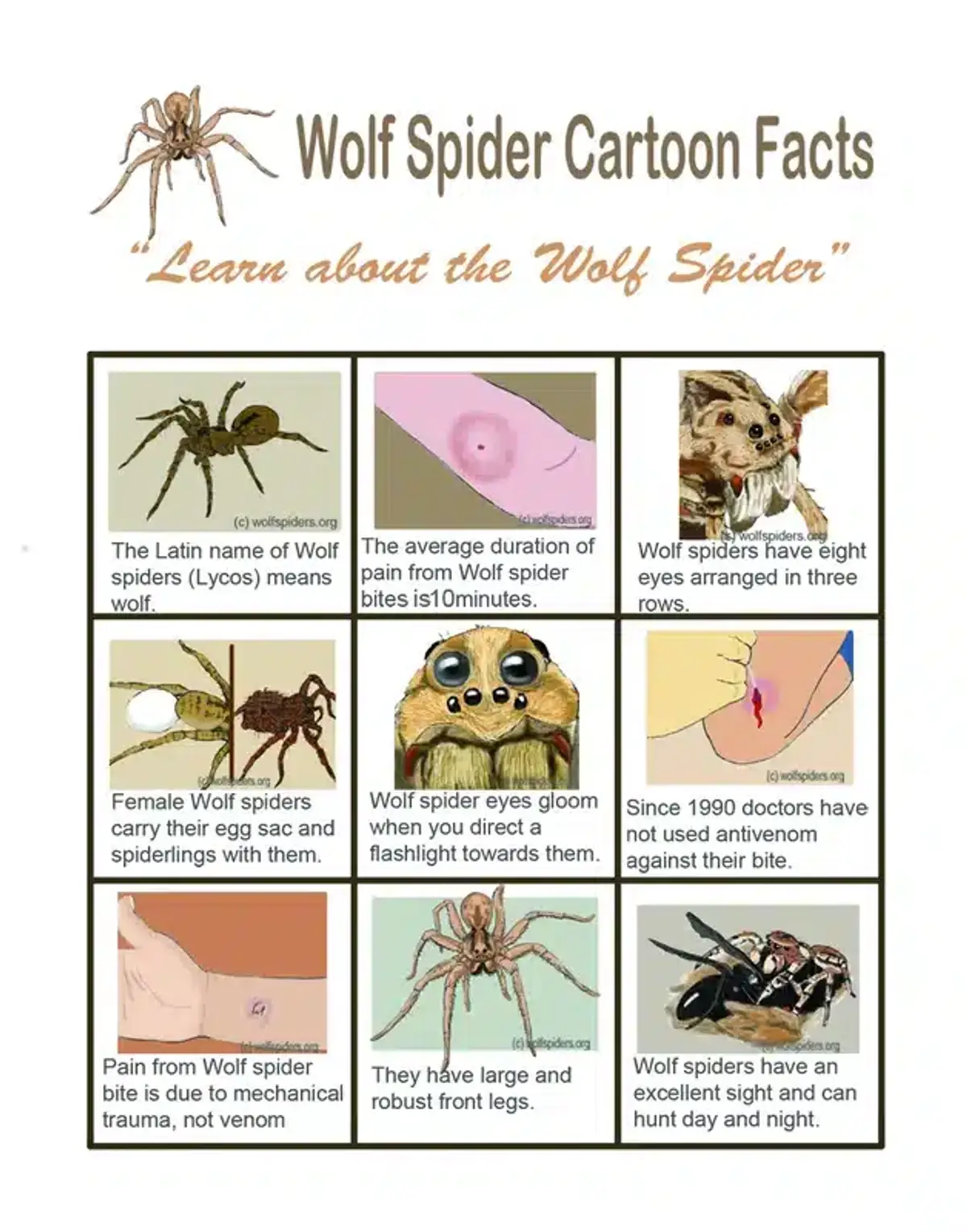
Wolf spiders represent an entirely different family called Lycosidae. This diverse family includes dozens of genera with species like Hogna, Tigrosa, and Pardosa. These spiders are active hunters known for their excellent vision and unique maternal behaviors.
The biological differences between these families extend far beyond appearance. Understanding their taxonomic separation helps explain why their behaviors, habitats, and regional distributions vary so dramatically.
Geographic Distribution: Brown Recluse vs Wolf Spider in Northern VA
According to Virginia Tech Extension, the brown recluse’s natural range barely grazes the extreme southwestern tip of Virginia. The core habitat for these spiders centers in south-central and midwestern United States.
Wolf spiders are found worldwide and thrive throughout Virginia, Maryland, and the DC region. Chesapeake Bay Program confirms these spiders are abundant across our entire area.
This geographic reality means any spider you encounter in Northern Virginia is statistically far more likely to be a wolf spider. Brown recluse findings result from accidental transport in household goods or firewood rather than established local populations.
Wolf Spiders Are Found Throughout Northern VA: Habitat and Activity Patterns
Wolf spiders are active hunters that don’t rely on webs to catch prey. Instead, these nocturnal predators roam leaf litter, lawns, gardens, and stream edges throughout our region.
I frequently encounter wolf spiders during exterior treatments around home foundations, especially near moisture sources. Wolf spiders are often mistaken for more dangerous species because of their large size and quick movements.
These spiders may wander indoors during autumn seeking warmth, but they don’t establish permanent colonies inside structures. Wolf spiders do not build webs to catch prey like many other spider species.
Brown Recluses Prefer Indoors: Why You’re Unlikely to Spot One in Your Closet or Attic
In their native range, brown recluses prefer dry, undisturbed indoor locations like closets, basements, and storage areas. They create minimal retreat webs in hidden voids rather than the elaborate structures other spiders build.
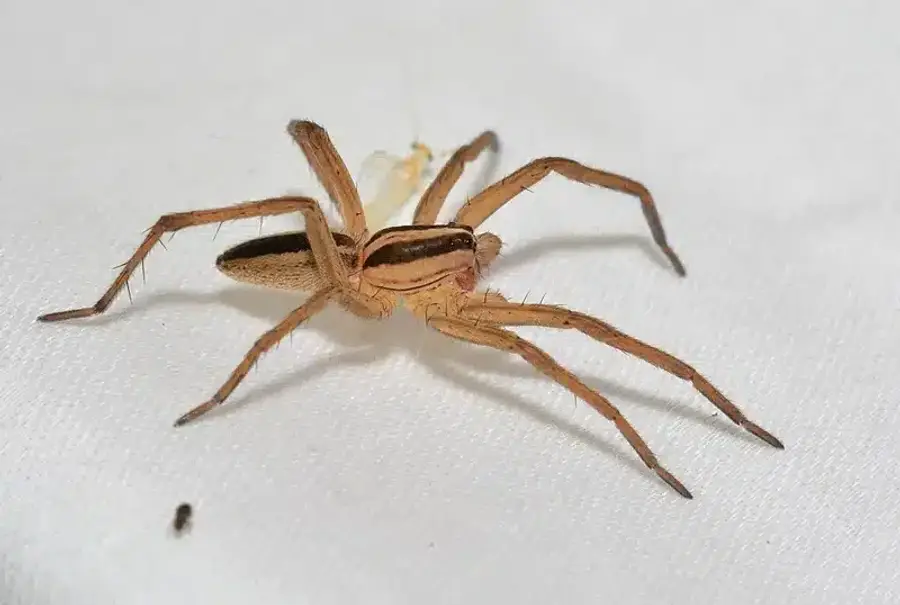
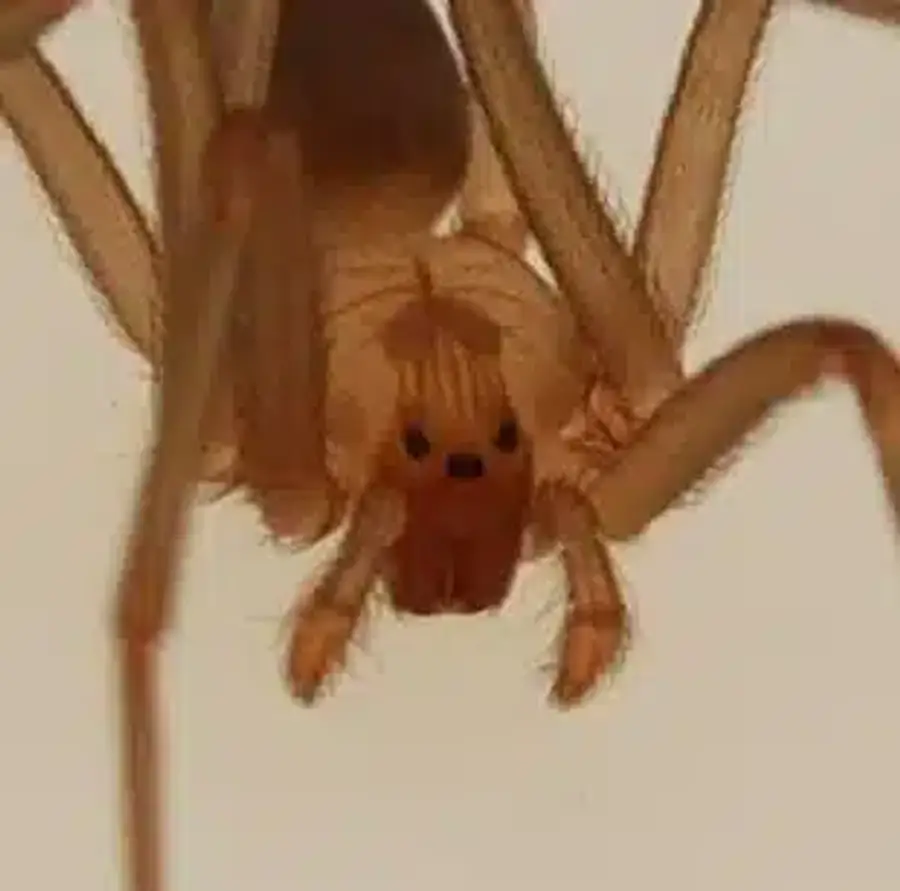
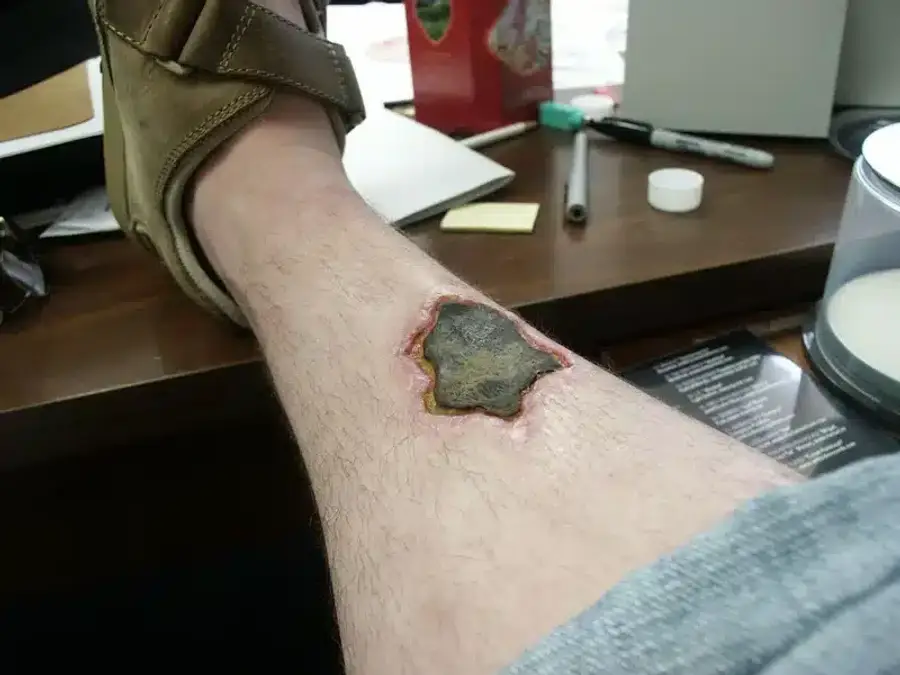

However, brown recluses are shy spiders that avoid human contact whenever possible. Even in areas where they’re common, actual bite incidents remain surprisingly rare.
Our regional climate and ecosystem don’t support sustainable brown recluse populations. Any isolated specimen would likely be a hitchhiker that cannot overwinter or reproduce locally.
Morphological Differences: Eye Arrangement in Brown Recluse Spider vs Wolf Spider
The most reliable way to tell the difference between these spiders involves examining their eye patterns. This requires close inspection, preferably with a magnifying glass or macro lens.
Wolf Spider’s Eight Eyes in Three Rows
Wolf spider has eight eyes arranged in three distinct rows. The bottom row contains four small anterior eyes, the middle row features two large median eyes, and the top row holds two medium-sized posterior eyes.
This arrangement gives wolf spiders their characteristic “headlamp” appearance. You can actually see their eyes shine when you point a flashlight at them during nighttime encounters.
Brown Recluse’s Six Eyes in Three Dyads
Brown recluse spiders have six eyes arranged in three pairs (dyads) forming a distinctive U-shape pattern. This includes one anterior pair plus two lateral pairs positioned around the spider’s head.
University of California Riverside notes that only about 1% of U.S. spider species share this six-eye configuration, making it a highly reliable identifier.
Body Markings: Violin-Shaped Mark of Brown Recluse vs Stripes of Wolf Spider
Body markings provide another clear distinction between these spider species. Wolf spiders display conspicuous longitudinal stripes or radial chevrons across their bodies and legs.
The brown recluse features a potential dark violin-shaped mark on its cephalothorax, with the “neck” pointing toward the abdomen. However, Burke Museum warns that many spiders have violin-like markings, making this alone unreliable for identification.
Brown recluse spiders never have banded or striped patterns on their legs or body. Their coloring remains uniform tan to dark brown throughout. Any banding automatically rules out a brown recluse identification.
Size and Build: Comparing Brown Recluse and Wolf Spider
Size differences between these spiders are quite noticeable when you know what to expect. Brown recluse bodies measure approximately 8-10 mm (about 3/8 inch) with a leg span roughly the diameter of a U.S. quarter.
Wolf spiders are considerably larger and bulkier. Their bodies range from 13-38 mm (0.5-1.5 inches) with leg spans reaching 8-10 cm (3-4 inches) in larger species.
The build quality also differs significantly. Wolf spiders appear noticeably hairy with stout spines on their legs, while brown recluse spiders have fine hairs and smoother appearances.
Behavioral Traits: Wolf Spiders Are Hunters vs Brown Recluses Are Shy
Spiders are active hunters in the wolf spider family, constantly roaming to find prey rather than waiting in webs. This hunting behavior often brings them into contact with humans, especially around exterior lighting that attracts their insect prey.
Brown recluses are inherently shy and avoid human interaction whenever possible. They prefer hiding in undisturbed areas and only venture out when absolutely necessary for food or mating.
Neither wolf spiders nor brown recluse spiders are inherently aggressive towards humans. Both species will only bite when directly threatened or accidentally trapped against skin.
Medical Importance: Brown Recluse Bite vs Wolf Spider Bites
Understanding the medical significance of bites from these spider species helps homeowners respond appropriately to any incidents.
Brown Recluse Bite: Necrosis and Symptoms
Cleveland Clinic describes brown recluse bites as typically painless initially, with redness and burning developing 2-8 hours post-bite. A brown recluse bite can cause necrosis in approximately 10% of cases.
The timeline progresses from an erythematous halo (3-12 hours) to potential necrosis (24-72 hours) to eschar formation (days to weeks). Most bites heal without intervention, though severe cases may take months.
Wolf Spider Bite: Mild Pain and Swelling
Wolf spider bites are not dangerous to humans. The venom causes localized effects similar to a bee sting, with redness and swelling that resolves within a few days.
A wolf spider bite can be painful initially but doesn’t cause the tissue necrosis associated with brown recluse envenomation. No systemic effects or long-term complications occur from wolf spider encounters.
Pest Control Services: Spider Control for Brown Recluse and Wolf Spider
Spider control services focus on reducing spider populations through targeted exterior treatments and habitat modification. Our approach involves applying non-repellent treatments around foundations where spiders are most active.
Effective spider control also requires addressing the factors that attract these pest species. We recommend reducing exterior lighting that draws flying insects, controlling moisture problems, and eliminating wood rot that provides harborage.
For homeowners dealing with spider infestations, regular maintenance visits help maintain protective barriers while monitoring activity levels. Pest control professionals can also provide guidance on mechanical control methods like vacuuming webs and spiders.
Common Misidentification Pitfalls: Recluse or a Wolf Spider?
Determining whether you’re dealing with a recluse or a wolf spider requires careful observation beyond initial impressions. Many homeowners focus solely on color, but brown recluse or wolf spider identification demands attention to specific morphological features.
Wolf spiders can be brown just like recluses, making color an unreliable identifier. The presence of any stripes or banding immediately eliminates brown recluse as a possibility.
Spiders may look similar at first glance, but the eye arrangement provides the most definitive identification method. When in doubt, photograph the specimen for professional evaluation rather than relying on general appearance.
When to Seek Medical Attention for Brown Recluse or Wolf Spider Bites
Seek medical attention for any spider bite that develops concerning symptoms, regardless of the suspected species. Signs requiring immediate care include spreading redness, increasing pain, or systemic symptoms like fever.
For confirmed or suspected brown recluse bites, monitor the bite site closely for signs of tissue death or ulceration. However, given the rarity of brown recluses in our area, other causes like bacterial infection are more likely.
Most spider bites in Northern Virginia result from common house spiders or wolf spiders and require only basic wound care. Clean the area, apply ice, and monitor for typical healing progression.
Why Brown Recluse Sightings Are Extremely Rare Locally
Maryland DNR confirms that brown recluses cannot overwinter in our regional climate. Most reported sightings involve misidentified native species or occasional hitchhikers.
The UVA Poison Center has never treated a confirmed brown recluse bite despite servicing areas closest to the species’ native range. This medical reality underscores how rare actual encounters are in Virginia.
Brown recluse spiders are typically found in their core habitat areas, not in peripheral regions like Northern Virginia where environmental conditions don’t support sustainable populations.
Key Differences Between Brown Recluse and the Wolf Spider at a Glance
Two spiders are often confused, but several key differences make identification straightforward:
- Eye pattern: Wolf spiders have eight eyes in three rows; brown recluses have six eyes in three pairs
- Body markings: Wolf spiders show stripes or chevrons; brown recluses have uniform coloring
- Size: Wolf spiders are larger and bulkier with hairy appearances
- Behavior: Wolf spiders are hunters that roam actively; brown recluses prefer hiding in undisturbed areas
- Geographic presence: Wolf spiders are common locally; brown recluses are extremely rare
Brown recluse and wolf spider confusion often stems from similar coloring, but these distinguishing features provide reliable identification methods for concerned homeowners.
Preventative Measures: Keeping Spiders from Entering Your Home
Preventing spiders from entering your home requires both habitat modification and targeted treatments. Sealing cracks around foundations, reducing clutter, and controlling moisture sources eliminate attractive conditions.
Get rid of spiders by addressing their food sources - the flying insects that attract them to your property. Reducing exterior lighting and treating for other pest issues helps create a less appealing environment.
Professional pest solutions include regular perimeter treatments and web removal around home exteriors. These control services maintain protective barriers while addressing specific spider activity areas.
For comprehensive pest management, consider bundling spider treatments with other seasonal pest control programs that address the full spectrum of household pest problems.
Frequently Asked Questions about Brown Recluse vs Wolf Spider
How do I know if it's a brown recluse or a wolf spider?
+
The most reliable way to **tell the difference** is examining the eye arrangement. Wolf spiders have eight eyes in three rows, while brown recluses have six eyes arranged in three pairs. Additionally, wolf spiders display stripes or banding patterns that brown recluses never have. Given that **brown recluse** sightings are extremely rare in Northern Virginia, any spider you encounter is statistically more likely to be a wolf spider.
Why shouldn't you squish a wolf spider?
+
Wolf spiders are also beneficial predators that help control other pest insects around your home. **Killing spiders** eliminates natural pest control allies that reduce mosquito, fly, and other pest populations. Additionally, female wolf spiders carry their young on their backs, so squishing one might release dozens of baby spiders. It's better to capture and relocate them or contact **spider control services** for proper management.
Should I go to the ER for a brown recluse bite?
+
**Seek medical attention** for any suspected **venomous bite** that shows concerning symptoms like spreading redness, increasing pain, or **necrosis**. However, **brown recluse or a wolf** spider bite is extremely unlikely in our region. Most **spider bites** in Northern Virginia come from harmless species and heal with basic care. If you're unsure about the **spider species** involved, photograph it if possible and consult healthcare providers about appropriate monitoring.
Will wolf spiders eat brown recluses?
+
**Wolf spiders are often** opportunistic predators that **eat brown** and other spiders when they encounter them. However, since brown recluses are virtually absent from Northern Virginia, this interaction doesn't occur locally. Wolf spiders primarily hunt flies, moths, beetles, and other common insects. Their presence actually indicates a healthy ecosystem that naturally controls pest populations without chemical intervention.
What is the difference between a brown recluse and a wolf spider?
+
The **difference between a brown recluse** and wolf spider involves multiple distinguishing features. **Brown recluse is generally** smaller (8-10mm body) with six eyes, uniform brown coloring, and a potential violin marking. **Wolf spiders are typically** larger (13-38mm body) with eight eyes in three rows, striped patterns, and hairy appearances. **Wolf spiders are also** active hunters, while **brown recluses are shy** spiders that avoid human contact.
How can I help manage spiders in my home?
+
**Identify and manage** spider issues by reducing attractants like exterior lighting, moisture problems, and pest prey sources. Regular cleaning removes webs and egg sacs, while sealing entry points prevents new **spiders from entering your home**. For persistent **pest problems**, professional **spider control services** provide targeted treatments and ongoing monitoring. **Spiders are usually** beneficial, so focus on exclusion rather than elimination when possible.
Need expert help with spider identification or control? Our registered technicians have been serving Northern Virginia since 2015, providing reliable **pest control** solutions backed by our research-approved treatment methods. Call 703-683-2000 or email info@bettertermite.com for a comprehensive inspection and customized treatment plan.
With five years of hands-on experience in the pest control industry, George Schulz is a registered technician with the Virginia Pest Management Association and a proud third-generation professional in a family business that's been protecting homes for over 57 years. He manages and trains a team of service pros while also leading internal research efforts—recently spearheading a deep-dive review of thousands of documents on pest control materials to hand-pick the most kid and pet friendly, most effective solutions tailored specifically for homes in the DC metro area.
